Brookfield Mill, Belfast
Since we began the redevelopment of this old mill in North Belfast, it has struck keen interest from locals as well as historians and previous residents of the surrounding areas.
The building was developed as a mill in 1850 and was an essential powerhouse for Ireland’s booming linen industry.
In the 18th century the Irish’s expert ability to produce quality linen led to booming business. In Ulster, the linen industry grew to prominence.
At its height, almost a third of all flax spinning mills were located in Belfast. Belfast’s two main mills were situated on York Street and the Crumlin Road (Brookfield Mill) and were responsible for producing a third of the world’s flax supplies. York Street Mill became the largest linen mill in the world, holding the title for 100 years. The Belfast mills boasted increased production scales and an unmatched evenness in linen quality that hand spinners simply could not produce in the same time.
Belfast soon became referred to as ‘Lininopolis’. It was during this period that the mills were the primary source of large scale employment; in 1881 there were 24,245 people employed in the textile industry in the city.
Mill culture and pride developed, with whole families working at the mill. Life was hard for these families; children as young as 8 would have worked the looms to supplement family income, most of whom worked under the ‘half-time’ system, i.e. a half day in the mill and the other half at school.
In 1901 the legal starting age was raised to 13 and by 1907, there were over 3,000 half-timers in Belfast, earning about 3s/6d a week. Sometimes at 13 these very young teenagers would already be full time workers within the mill. Work began around 7am with only a half an hour and a meagre meal for the lunch break. There were only two days of unpaid leave in the summer, developing strong pride in a factory hand’s working ability.
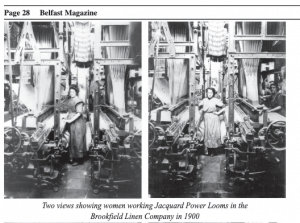
During the 1920s, the York Street mill alone employed 5,000 people and production throughout the industry was still growing. The second world war, however, meant that the supply from Russia was cut off. Costs, therefore, rose until the end of 1945. After the war, linen prices resumed their upward path until a combination of foreign competition and the onset of synthetic materials, imported from the Far East, caused a quick and drastic collapse for the industry. The long established Belfast mill industry died from the 1960’s onward.
Brookfield Mill today..
The current redevelopment of Brookfield Mill, which EHA is executing, aims to bring new life to this truly historic building. The four storey vacant mill building will be redeveloped into 77 social residential units and is complex due to the age of the building. Roof removal and strip out works were initially required as part of the enabling works.
This job and it’s complexity is similar in nature to EHA’s previous scheme at Derry’s Cross, Plymouth which spanned over 22,000m2 of floor space. The Plymouth team successfully managed the process of strip out, demolition and asbestos removal. This large scale restoration also had the task of adding a steel structured level to the existing building, on top of the already situated three levels together with a brand new wing.
EHA has appointed a skilled management team for the Brookfield Mill project, including Senior Site Manager Roger McLaughlin who had the same position at Derry’s Cross, Plymouth. Roger’s experience over the last 50 years has seen his involvement in a wide range of projects like Brookfield Mill. As a foreman since the age of 25, Roger has helped develop private housing sites, retail buildings, hospitality buildings, schools and hospitals amongst others.
Specialising in the last 20 years on the internal and external fit outs of much larger high rise building projects such as apartment blocks, student accommodation buildings and hotels, being lead foreman on at least 30 hotels throughout the UK and Ireland. These include the City Hotel in Derry, the W Hotel in Leicester Square and Adare Manor in Co.Limerick. Roger’s experience and skill set are seen as a vital cog to the successful delivery of the scheme.
Roger and the site management team are very much looking forward to further progress and completion of the Brookfield Mill project. Located in a sensitive location at a political interface area, the redevelopment of the historic building is a catalyst project for regeneration. It will benefit the entire community and preserve the building for years to come.
Read more on our progress at Brookfield Mill.
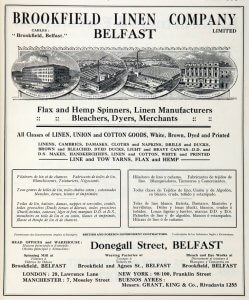
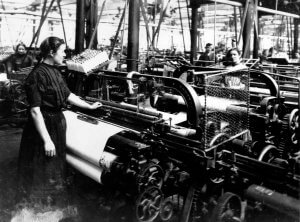
Women preparing power looms for plain weaving. Brookfield Linen Co. Ltd. 10th October 1930
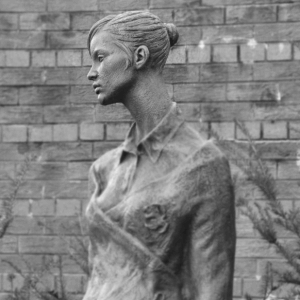
A statue named ‘Millie’ to commemorate the contribution of female mill workers to Belfast by sculptor Ross Wilson.
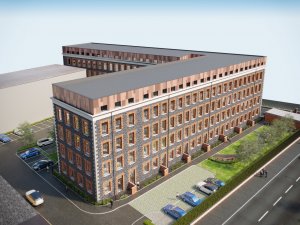
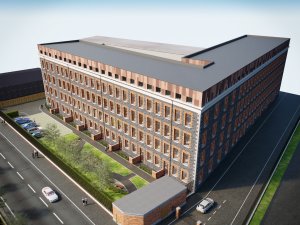
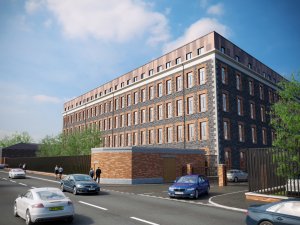
Proposed Computer Generated Imagery by Boyd Partnership of how the redevelopment will look late 2021/ early 2022.
